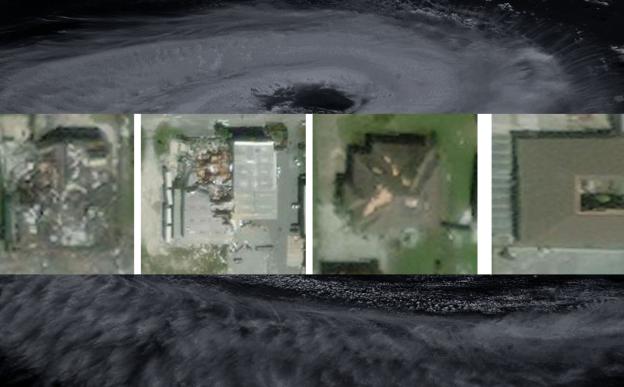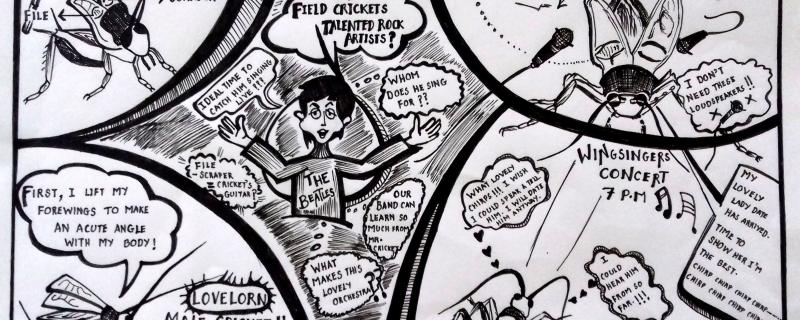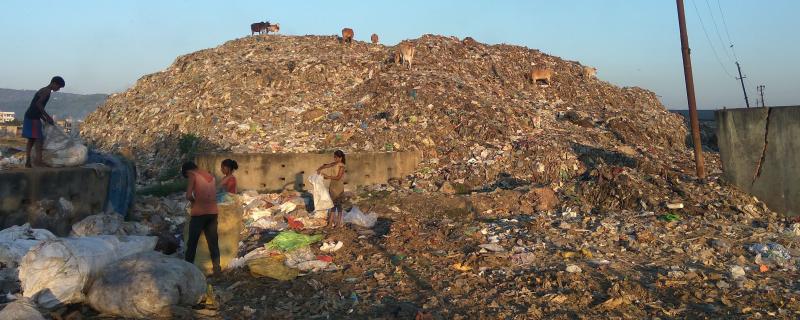In an interdepartmental collaborative study, scientists from the Indian Institute of Science, Bangalore, study live cells under the microscope. Using a novel experimental setup to stretch cells, the scientists are able to observe cellular phenomenon like mechanotransduction.
आयआयटी मुंबईद्वारे विकसित नवीन डीप-लर्निंग फ्रेमवर्क SpADANet (स्पाडानेट) मर्यादित लेबल्स वापरूनही अनेक चक्रीवादळांमधील संरचनात्मक नुकसान अधिक अचूकपणे वर्गीकृत करू शकते.
Mumbai/






